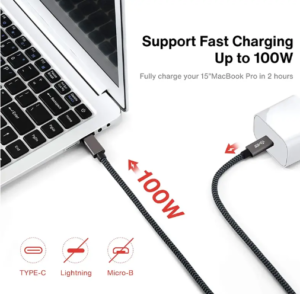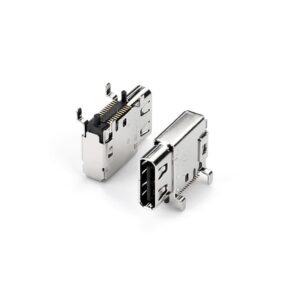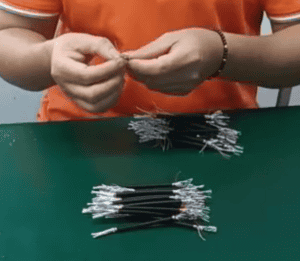
USB4 Cable Specifications: The Future of High-Speed Connectivity
Introduction As technology continues to evolve, the demand for faster, more efficient connectivity solutions has become critical for businesses and
In the competitive landscape of wire harness manufacturing, balancing cost reduction with maintaining high quality is a critical challenge. Companies are continuously seeking innovative ways to lower expenses while ensuring their products meet the stringent requirements of reliability and efficiency. This article delves into strategic approaches that manufacturers can adopt to achieve this balance, spotlighting the industry’s best practices for cost-effective production without sacrificing quality.
The foundation of cost-effective wire harness manufacturing lies in the design phase. Advanced design software and tools enable engineers to create more efficient layouts, predict potential issues, and streamline the production process. By adopting a design-for-manufacturing (DFM) approach, manufacturers can minimize material waste, reduce assembly time, and anticipate problems before they arise, significantly cutting down costs.
Choosing the right materials is crucial for both quality and cost-efficiency. High-grade materials may increase initial costs but can lead to savings in the long run by reducing failures and warranty claims. Conversely, standardizing components across multiple products can achieve economies of scale, leading to significant cost reductions. Manufacturers can work closely with suppliers to identify cost-effective materials that do not compromise the product’s integrity.
Automation in wire harness manufacturing has leapfrogged in recent years, offering substantial opportunities for cost savings. Robotics and automated assembly lines can dramatically reduce labor costs, increase production speed, and improve consistency and quality of the wire harnesses. Although the upfront investment in automation technology can be substantial, the long-term savings and quality improvements justify the expenditure.
Establishing strong relationships with material suppliers is a pivotal strategy for reducing costs. Long-term partnerships can lead to better pricing, favorable terms, and priority service, all of which contribute to cost reduction. Regular negotiations and volume discounts can also significantly lower material costs without compromising the quality of the components used in wire harness manufacturing.
Implementing lean manufacturing principles can lead to substantial cost savings by eliminating waste throughout the production process. This includes minimizing excess inventory, optimizing production flow, and reducing unnecessary steps in the manufacturing process. Lean practices not only reduce costs but also improve product quality by focusing on value-adding activities and continuous improvement.
Investing in quality control and preventive measures might seem counterintuitive to cost reduction but can result in significant savings by avoiding costly reworks and recalls. Implementing rigorous testing procedures and quality checks throughout the production process ensures that issues are identified and corrected early, reducing waste and enhancing the product’s reliability.
Skilled and engaged employees are crucial to efficient production processes. Regular training and development programs can improve productivity, reduce errors, and foster a culture of continuous improvement. Engaging employees in cost-saving initiatives and rewarding efficiency can further enhance productivity and reduce manufacturing costs.
Reducing costs without compromising quality in wire harness manufacturing requires a strategic approach that encompasses efficient design, material selection, automation, supplier partnerships, lean manufacturing, quality control, and employee engagement. By focusing on these areas, manufacturers can not only cut costs but also enhance product quality, ultimately leading to greater customer satisfaction and competitive advantage. As the industry continues to evolve, adopting these practices will be essential for manufacturers seeking to stay ahead in the competitive landscape.

Introduction As technology continues to evolve, the demand for faster, more efficient connectivity solutions has become critical for businesses and

Understanding the Evolution of USB Connectors In today’s technology-driven world, USB (Universal Serial Bus) connectors are an integral part of

At EDOM Electronics, we take pride in our meticulous approach to manufacturing high-quality USB C to C cables. Today, we’re
WhatsApp us
